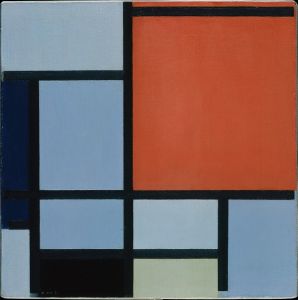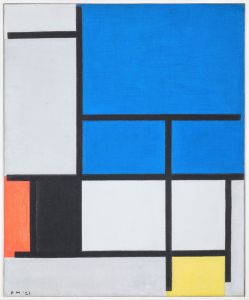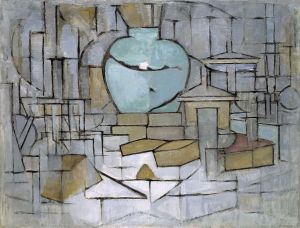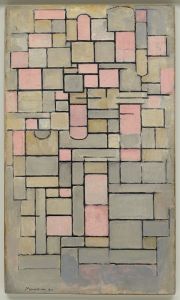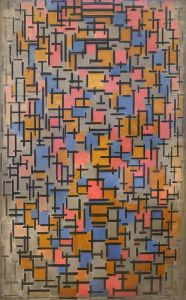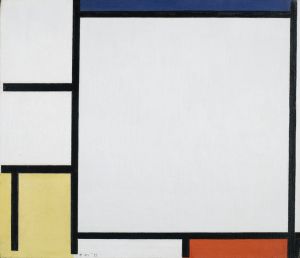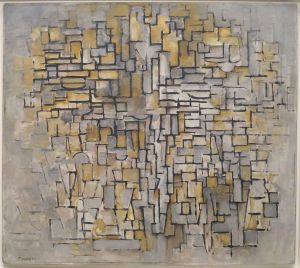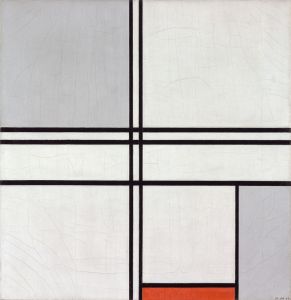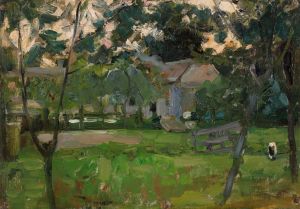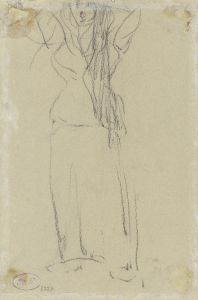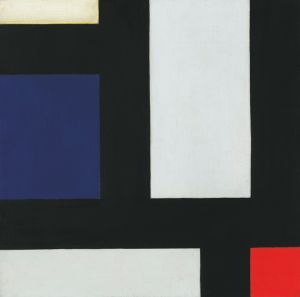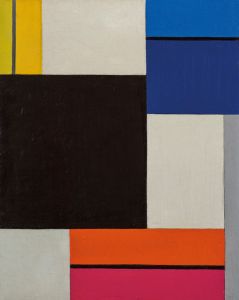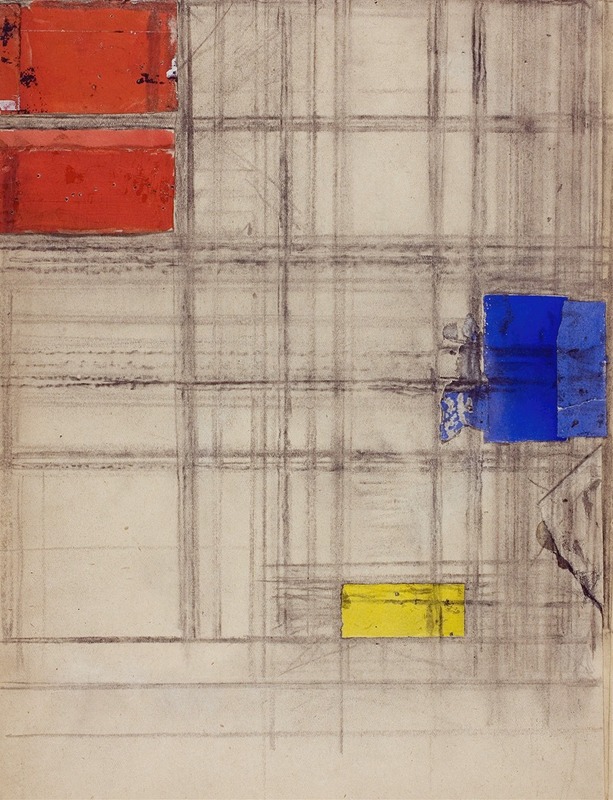
Study for a Composition
A hand-painted replica of Piet Mondrian’s masterpiece Study for a Composition, meticulously crafted by professional artists to capture the true essence of the original. Each piece is created with museum-quality canvas and rare mineral pigments, carefully painted by experienced artists with delicate brushstrokes and rich, layered colors to perfectly recreate the texture of the original artwork. Unlike machine-printed reproductions, this hand-painted version brings the painting to life, infused with the artist’s emotions and skill in every stroke. Whether for personal collection or home decoration, it instantly elevates the artistic atmosphere of any space.
"Study for a Composition" by Piet Mondrian is a work that exemplifies the early stages of Mondrian's journey towards abstraction, a path that would eventually lead him to become one of the pioneers of abstract art. Piet Mondrian, a Dutch painter born in 1872, is best known for his role in the development of the De Stijl art movement and his contribution to abstract art through his iconic grid-based paintings.
This particular study is part of Mondrian's exploration of form and color, which he pursued vigorously in the early 20th century. During this period, Mondrian was deeply influenced by various artistic movements, including Impressionism, Symbolism, and Cubism. His work gradually evolved from representational landscapes to more abstract compositions, reflecting his interest in theosophy and his belief in a harmonious, spiritual order underlying the visible world.
"Study for a Composition" is indicative of Mondrian's transition from naturalistic depictions to a more abstract style. While specific details about this particular study are limited, it is understood that Mondrian's studies during this time were crucial in his development of a new visual language. These studies often involved the simplification of forms and the use of a limited color palette, which would later become hallmarks of his mature style.
In his quest for abstraction, Mondrian sought to depict the underlying structure of reality. He began to focus on the use of straight lines and primary colors, which he believed could convey a sense of universal harmony and order. This approach was a radical departure from traditional artistic techniques and was instrumental in the formation of the De Stijl movement, which Mondrian co-founded with Theo van Doesburg in 1917.
The De Stijl movement emphasized simplicity and abstraction, advocating for a reduction of form and color to their essential elements. Mondrian's work during this period, including studies like "Study for a Composition," laid the groundwork for his later, more famous works such as "Composition with Red, Blue, and Yellow." These paintings are characterized by a grid of vertical and horizontal black lines and the use of primary colors, along with white and gray.
Mondrian's influence extended beyond painting, impacting architecture, design, and even fashion. His pursuit of purity and balance in art resonated with the modernist ethos of the early 20th century, and his ideas continue to inspire artists and designers today.
In summary, "Study for a Composition" represents a pivotal moment in Piet Mondrian's artistic evolution. It reflects his move towards abstraction and his commitment to finding a universal aesthetic language. While specific details about this study may be scarce, its significance lies in its role in Mondrian's journey towards the development of a new artistic paradigm that would leave a lasting impact on the art world.





